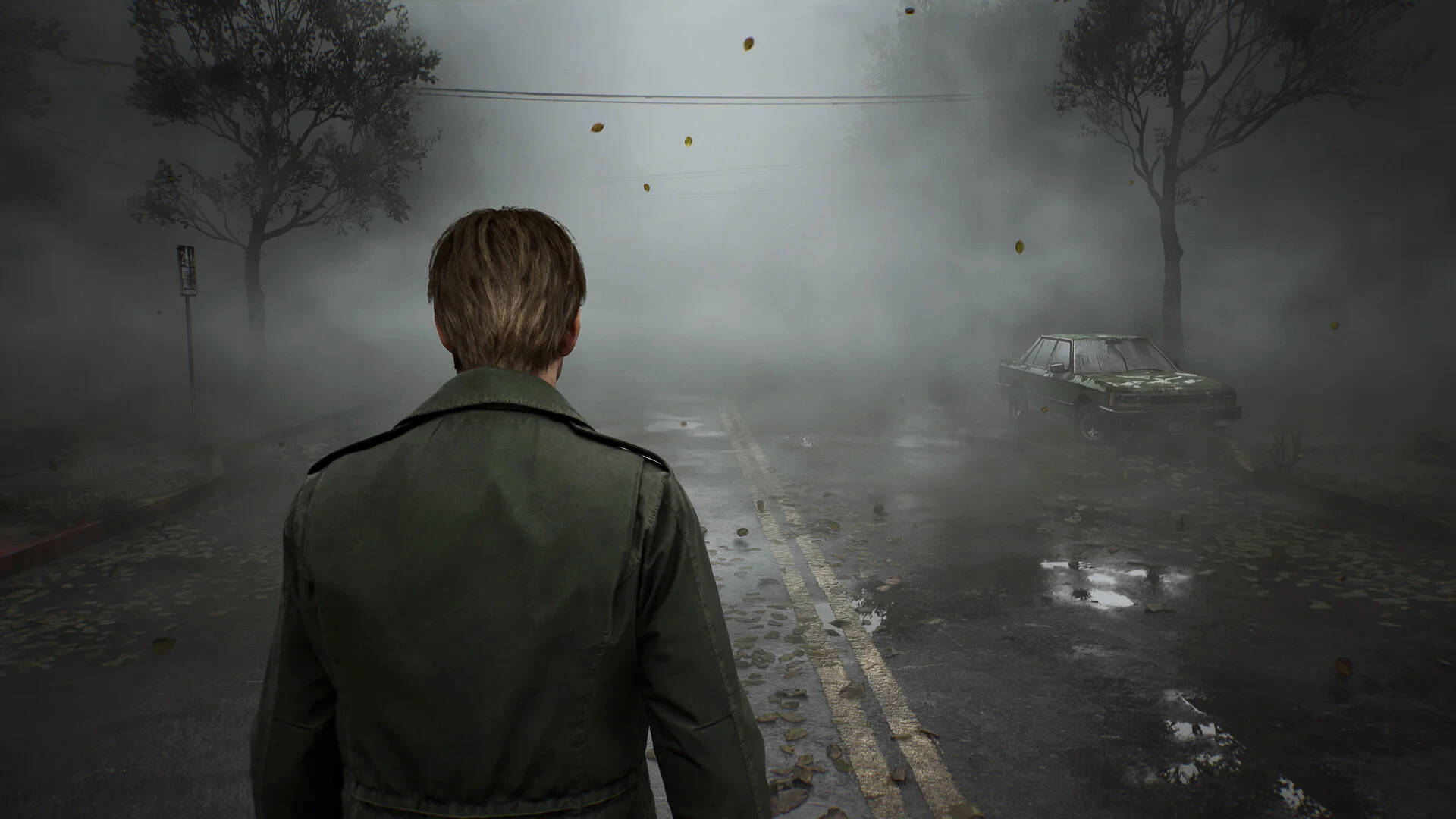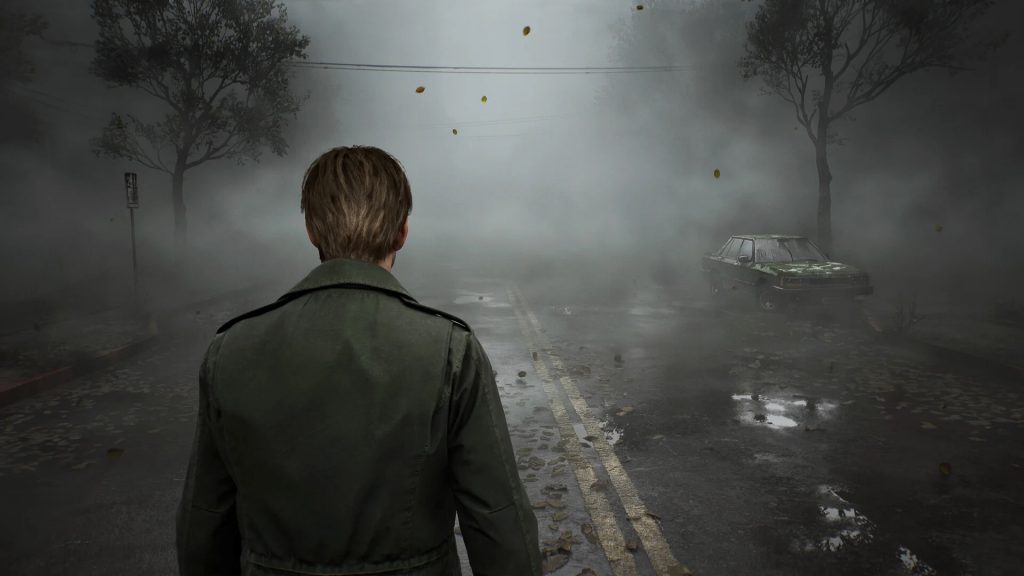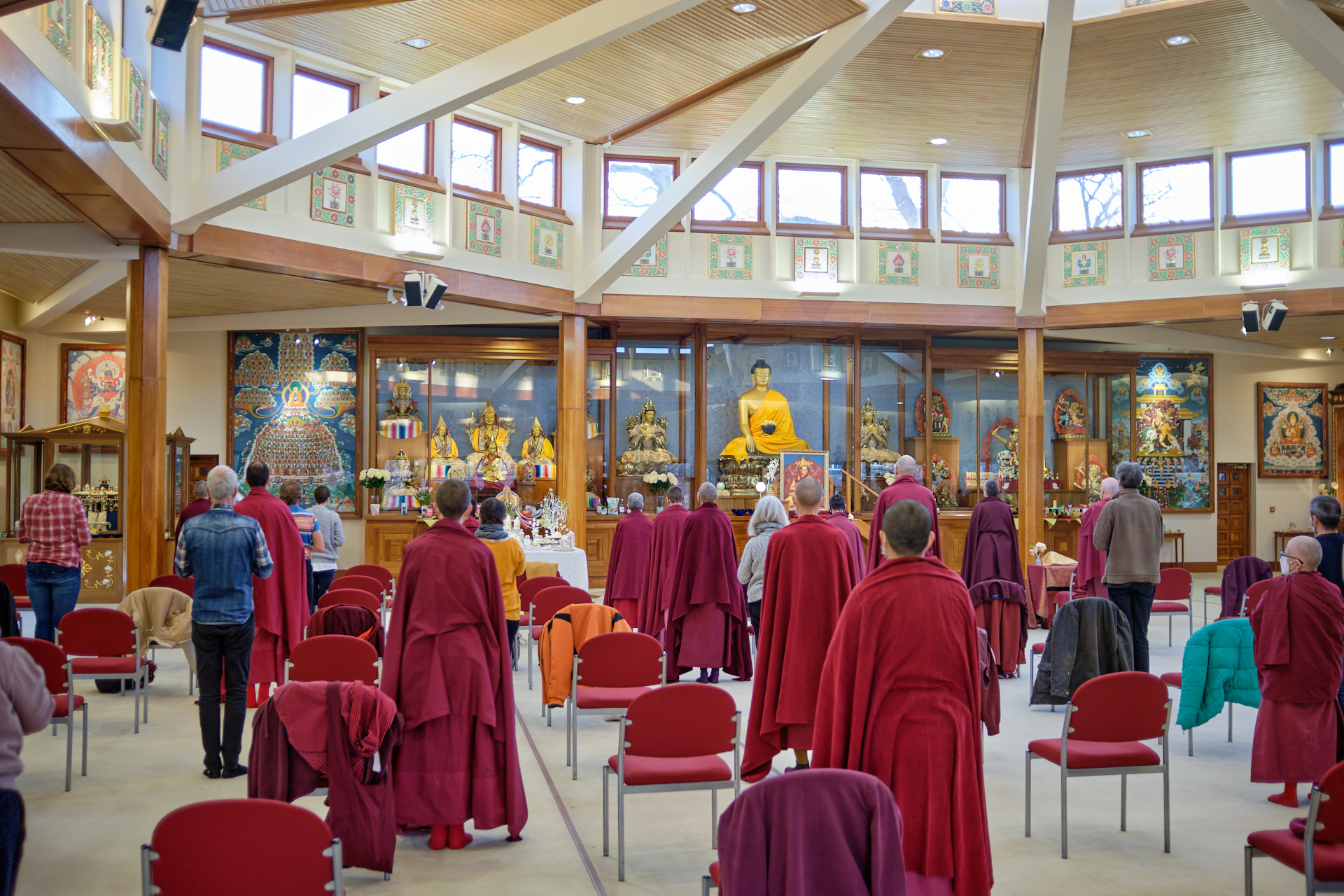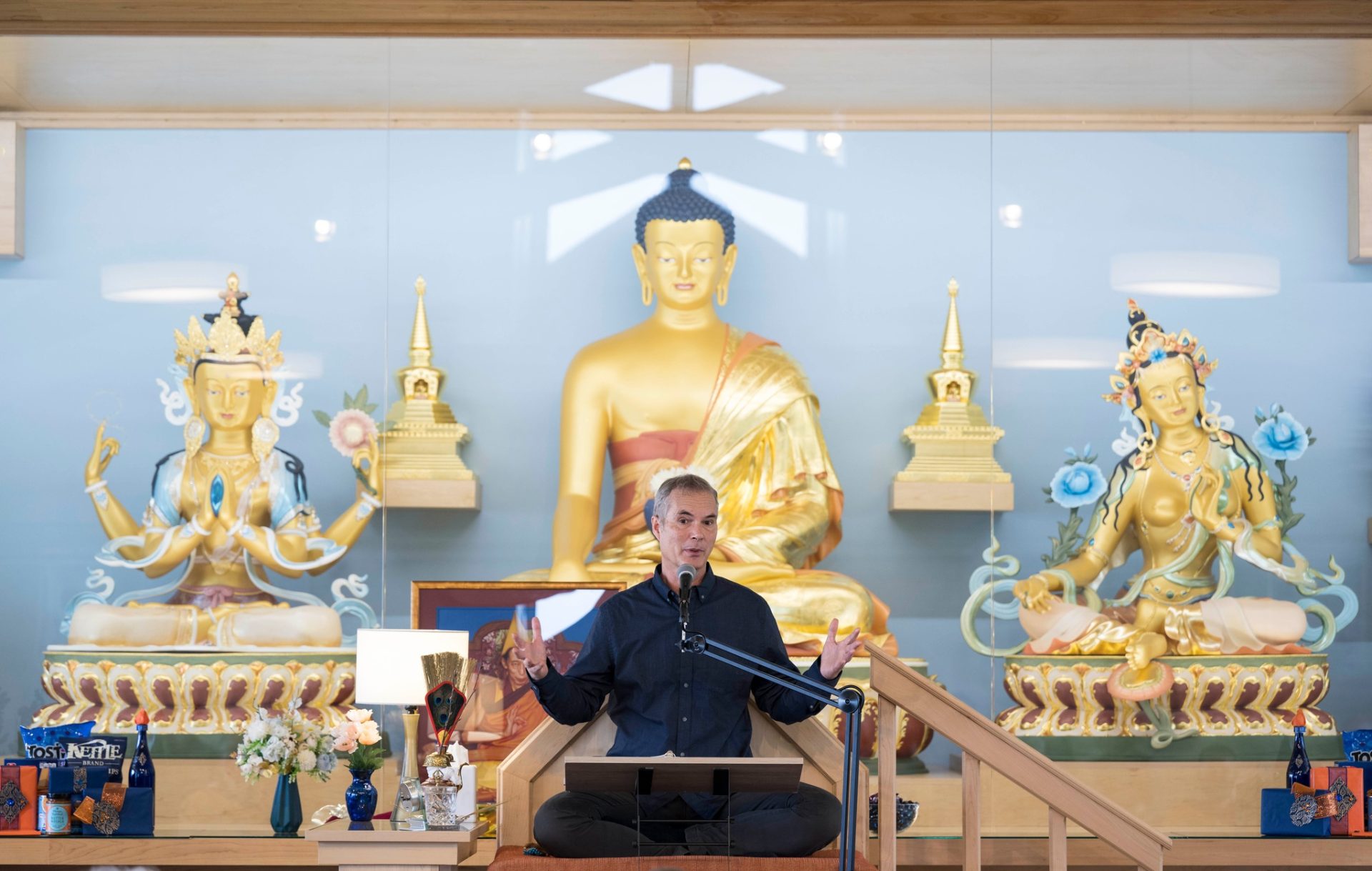Staring at Corpses in ‘Silent Hill 2’
What the blockbuster video game can teach us about our own aversions The post Staring at Corpses in ‘Silent Hill 2’ first appeared on Tricycle: The Buddhist Review. The post Staring at Corpses in ‘Silent Hill 2’ appeared first...

What the blockbuster video game can teach us about our own aversions
By Mike Gillis Oct 31, 2024 James walks through a foggy Silent Hill. Image via Bloober Team / Konami.
James walks through a foggy Silent Hill. Image via Bloober Team / Konami.Often hailed as one of the greatest games of all time, Silent Hill 2 is fundamentally a story about aversion—our near-instinctive drive to push away the things we dislike. Both the original 2001 release and this year’s faithful remake follow James Sunderland, a guilt-stricken man who has spent years running from the worst parts of his past. Nonetheless, he is forced to reckon with them after receiving a mysterious letter from his long-dead wife inviting him to the eponymous town. His reaction is the same many might have: He questions how this is possible, he wishes he didn’t have to go, and then he drives there anyway.
What he finds there is an otherworldly place that amplifies the delusions of those who enter it. He stumbles onto terrible embodiments of suffering that seem to echo his own: Abstract fleshly figures seem to be in just as much pain as James himself. Unearthly nurses hint at a past medical trauma.
The game mechanics play with our habitual desire to flee from such terrors: Much of the game is spent in near total darkness; we grope our way through abandoned buildings hoping the next rust-covered hallway is devoid of these unearthly enemies, just as James seems to want to avoid confronting his own ugly truths. Even outside, eerie swaths of fog restrict our vision to only a few feet ahead of us, suggesting a concealed menace might be just out of sight.
Yet all of this is done so skillfully that it never feels gratuitous. Instead, the game reminds us what the horror genre is fundamentally about: approaching the horrible. These encounters teach us that we can survive the awful feelings that our worst fears provoke, and, beyond that, even reveal an exhilarating freedom that comes from engaging with our nightmares head-on.
This is what we often do with meditation: We learn that when a difficult feeling arises, we shouldn’t put on music or watch a sitcom to drown it out. Likewise, we shouldn’t cling to the narrative that “this shouldn’t be happening to me,” as Sunderland often tells himself in the early stages of the game. Instead, we try to be still with the feeling, observe it, and let it into our lives. It is through this practice that we realize that the worst part about these feelings is not that they happen to momentarily appear in our minds but that we keep trying to get away from them by insisting “things shouldn’t be this way.”
What the game reveals to Sunderland, and therefore the player, is that—whether we like it or not—things are this way. Terrible suffering exists; it is widely dispersed throughout the universe. Horrors lurk in the darkness. Death awaits us all. And although we might attempt to dart through a dark corridor as quickly as possible to ignore a monstrous figure lurking in the shadows, to turn a blind eye or distract ourselves with one pleasure or another, we cannot run away from these realities, just as Sunderland can’t run away from Silent Hill. He’s inexorably drawn there. His fate is bound up there. His only hope of escape, paradoxically, is to get as close as possible to all of the things that terrify him, delving deeper and deeper into this personal hell of delusion in order to emerge on the other side to enter a better life.
The only thing keeping us trapped within the burning house is our clinging to illusion.
In this way, the game has much in common with the practice of maranasati (death mindfulness) and the more specific meditation of contemplating corpses, also called asubha (unpleasant or corpse) training, as seen in the Satipatthana Sutta. That Pali text instructs the listener to find a dead body and observe its many stages of decomposition, which range from “putrefaction” to “consumption by animals and birds” and “parching to dust.” The practice is an affirmation that “this body of mine too is of the same nature as that body, is going to be like that body and has not [gotten] past the condition of becoming like that body.” Far from being morbid, this meditation represents an attempt to awaken to the true conditions of our reality that we so often deny, an attempt to begin living with them in a more honest and authentic way.
Eventually, Sunderland comes to discover that he is not alone in Silent Hill. There are other sufferers much like himself, each isolated by past suffering and trauma, living in their own separate distorted realities. Often, they are so deluded that they mistake other humans like Sunderland for enemies and lash out at his attempts to help them. It’s a heartbreaking evocation of the self-destructive way that our own struggles can prevent us from accepting kindness. On the other hand, when Sunderland encounters an innocent young orphan girl named Laura, she seems to be unable to see all the monsters that trouble him. To her unencumbered mind, Silent Hill is just a normal town.
It’s the same allegorical lesson taught in the Lotus Sutra’s Parable of the Burning Building, whose characters reside in a home uncannily close to a description of Silent Hill: “This house was very old,” it reads, “and decayed and dilapidated as well. The halls, though lofty, were in dangerous condition, the bases of the pillars had rotten … the fences surrounding it were crooked or collapsed and heaped rubbish was piled all around … hordes of evil creatures scurried this way and that.” The descriptions stretch on like this for many stanzas. But the story isn’t merely trying to be ghoulish. Instead, it’s pointing to the fact that there exists a universe outside of such a building. The only thing keeping us trapped within the burning house is our clinging to illusion.
Spending time in such a haunted space is not a pleasant experience. For that reason, many will want to leave Silent Hill as quickly as they can, but some will come out on the other end. The game teaches us that delving deeply into the most harrowing corners of our worst nightmares shouldn’t be seen as an experience to be avoided. Indeed, it might just be the path to liberation.
![]()
Thank you for subscribing to Tricycle! As a nonprofit, we depend on readers like you to keep Buddhist teachings and practices widely available.
This article is only for Subscribers!
Subscribe now to read this article and get immediate access to everything else.
Already a subscriber? Log in.

 FrankLin
FrankLin 























.jpg&h=630&w=1200&q=100&v=154b70b92d&c=1)







